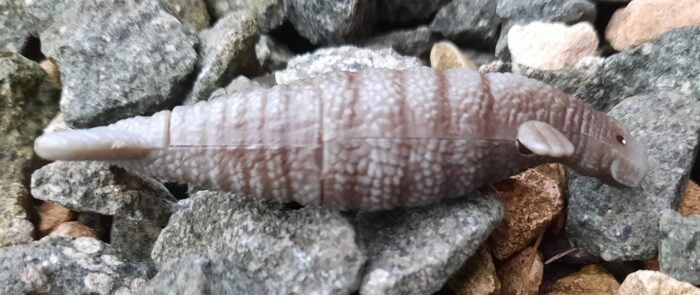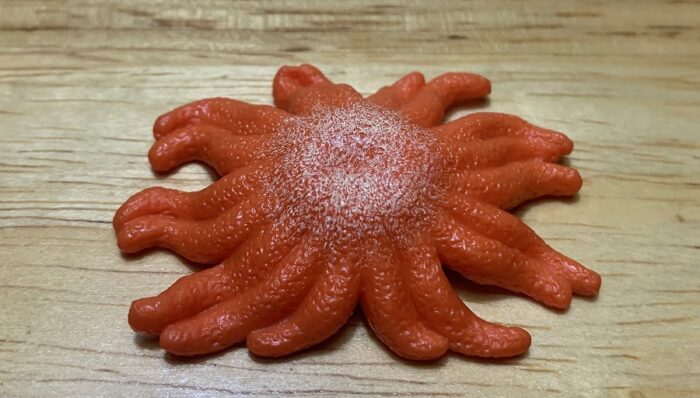The order sirenia has long been fascinating to me, the main herbivorous marine mammals that have survived throughout the Cenozoic. The one that interests me the most (even inspiring my ATB name Sirenia) is, unfortunately, no longer living, the Steller’s Sea Cow. These giant sirenians lived around Commander Island in the Bering sea, being hunted by locals.
Giant Clam (Yowies Series 4 by Cadbury)
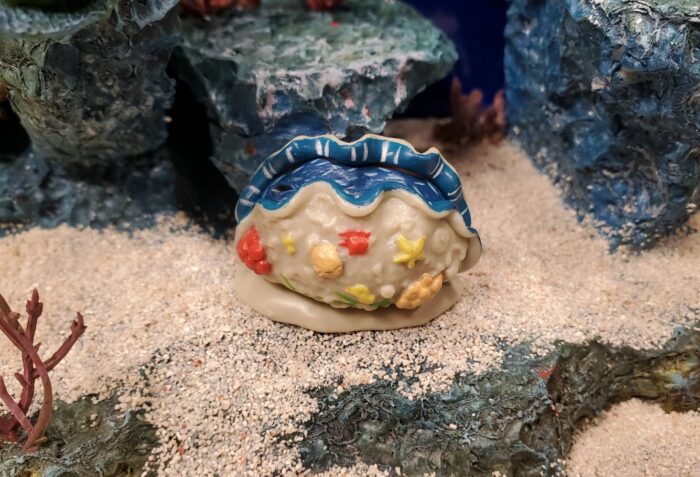
The genus Tridacna consists of large marine bivalves commonly known as giant clams. The largest, T. gigas, can be 120 cm across, weigh over 200 kg, and live for over 100 years. Today we will be looking at T. maxima, which is known as the maxima clam (although it also goes by the oxymoron ‘small giant clam’).
Sloane’s Viperfish (MIU Deep Sea Odyssey 2 by Kaiyodo)
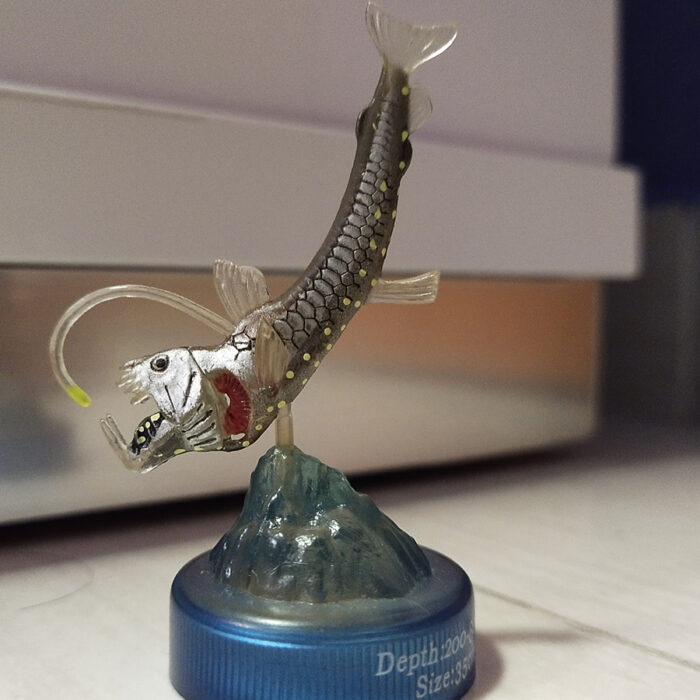
Review and images by JimoAi; edited by bmathison1972
The deep ocean is one of the most inhospitable habitats on this planet, and animals have to find extreme ways to adapt or die out. For one, sunlight only goes as low as 1000 m, although any significant light rarely goes to 200 m, which means that there are no plants to photosynthesize and in turn, no plants for herbivores to graze on.
Vampire Squid (MIU Deep Sea Odyssey 1 by Kaiyodo)
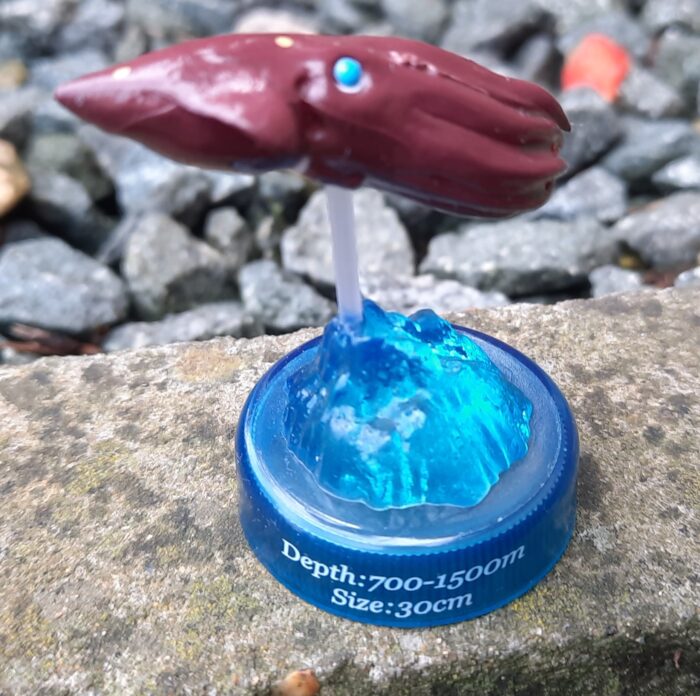
For this review, I deep dive for our October scary theme, and talk of blood sucking horrors, Vampires. In the deepest parts of the ocean, where even the sun fears to shine, live creatures of a frightening and ghoulish nature. One of these creatures floats silently through the waters, looking for prey to devour.
Dark Ghostshark (Alien Sharks by Discovery Science)
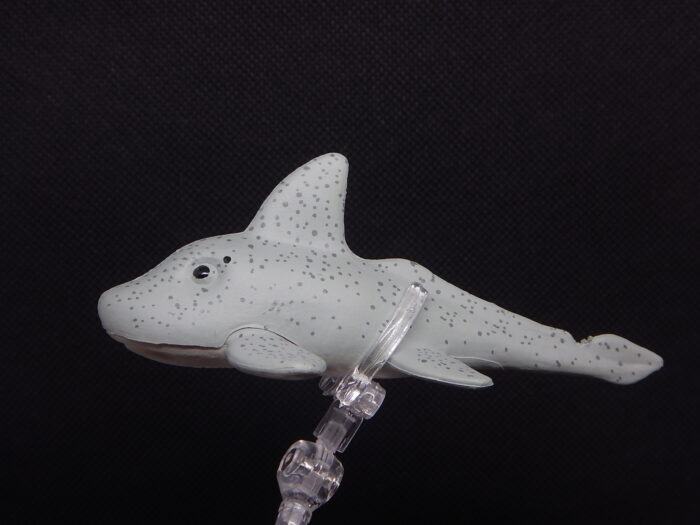
So the call went out among us bloggers which, admittedly, I don’t get to on here very often. But the suggestion was made for a ‘Hallowe’en’ theme–spooky, scary animals that might fit in with the season. I don’t generally have a lot of ‘traditional’ animals that might fit the bill (rats, bats, black cats, gnats…I got carried away, sorry).
Blue Whale (Mega Sofubi Advance by Kaiyodo)
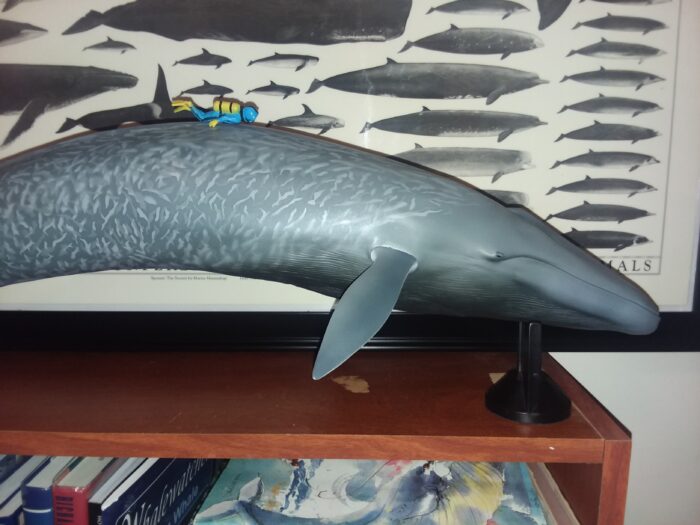
There are many iterations of a fabled, island-sized sea monster across various cultures, which were in no doubt inspired by early accounts of animals such as the blue whale (Balaenoptera musculus). Blue whales exist in all major oceans, but precise distributions are patchy and their migratory movements are poorly understood.
Bamboo Shark (Wild Safari Sealife by Safari Ltd.)

Bamboo sharks, also less glamorously known as longtail carpet sharks, belong to the family Hemiscylliidae within the order Orectolobiformes (carpet sharks). This makes them close kin to such familiar sharks as the whale, nurse, and zebra sharks. All of them are found in the tropical Indo-Pacific and the largest members of the family only reach about 4’ (1.2 meters).
Leopard Moray (Shinagawa Aquarium by Kaiyodo)
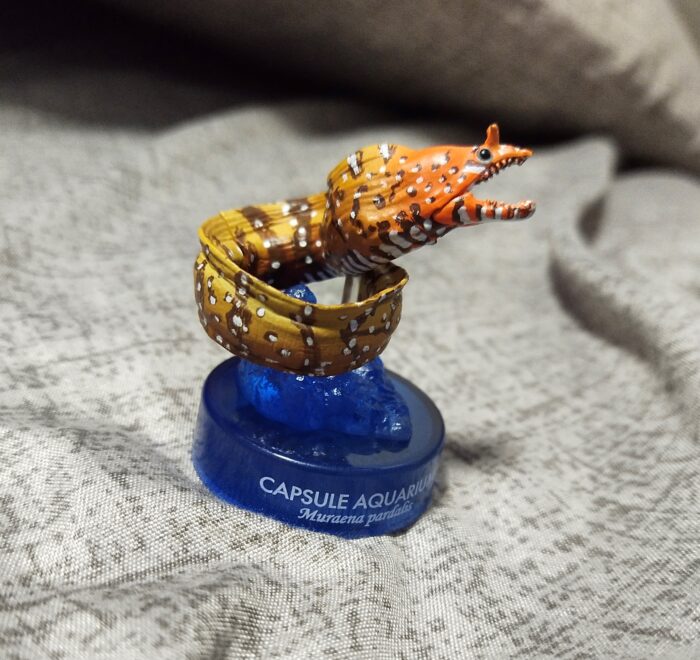
Review and images by JimoAi; edited by bmathison1972
With it’s bright colors of an orange head, mouth lined with narrow teeth used for grasping slippery prey, a brownish body decorated with spots, an ornate pattern, and, to top it all off, a pair of distinctive horn like nostril tubes that gave the fish its name and makes it stand out from the rest of its relatives, the leopard or dragon moray (Enchelycore pardalis) is certainly one of the most distinctive fish on the reef.
Jellyfish (Incredible Creatures by Safari Ltd.)
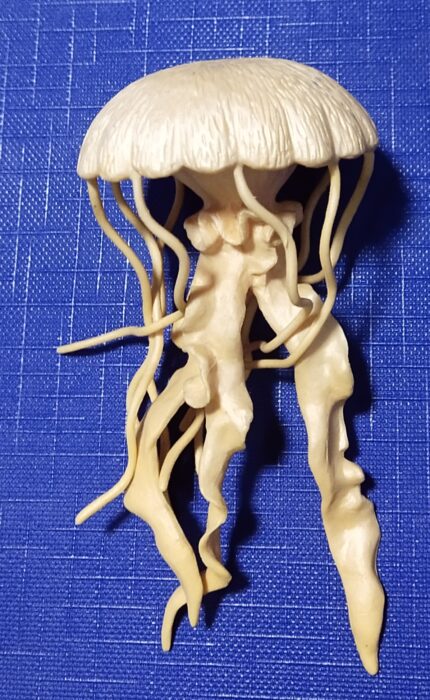
Review and images by JimoAi; edited by bmathison1972
Jellyfish, along with sponges, are among the oldest living creatures on earth. They have been traced all the way back to the Cambrian period, dating back over 500 million years ago. Jellyfish are part of the phylum Cnidaria and are closest related to corals and anemones.
Crabs (Habitat Earth by Play Visions)
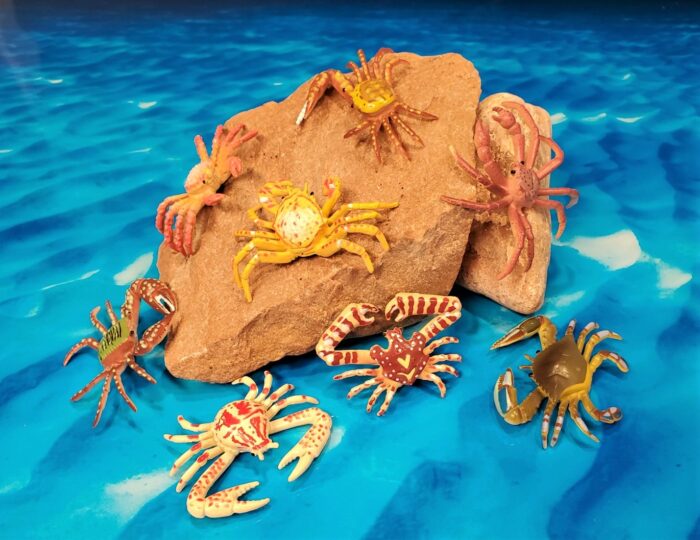
Today is a review of the complete set of Crabs by Play Visions, Habitat Earth series (1996). Another in the taxonomically-diverse sets of animals released by Play Visions in the mid-late 1990s. I have made some taxonomic changes to a couple figures in this set since I first presented it on the ATF back in 2016, so it seems like a good time to introduce it to the Blog!
Sunflower Sea Star (Animals with Superpowers by Yowie Group)
Blue Damselfish (Colors of the Animal Kingdom by Yowie Group)
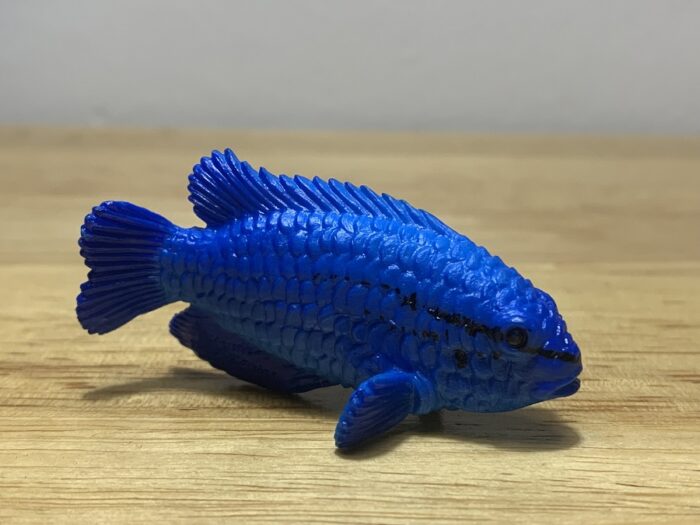
The blue damselfish (Chrysiptera cyanea) is a member of the Pomacentridae family (damselfishes and clownfishes) that inhabits reefs and lagoons within the Indian and western Pacific oceans. It is also included in Yowie Group’s Colors of the Animal Kingdom series. Yowie Group is a company that produces chocolate candy, molded around plastic eggs that contain toy animals.

